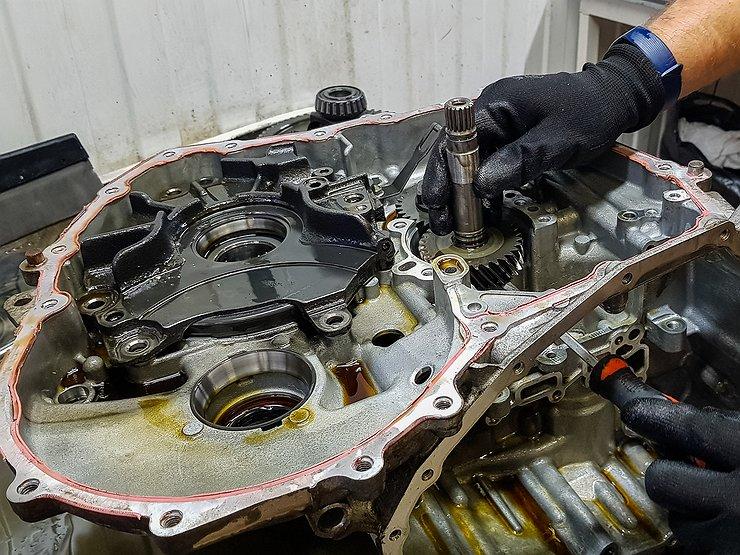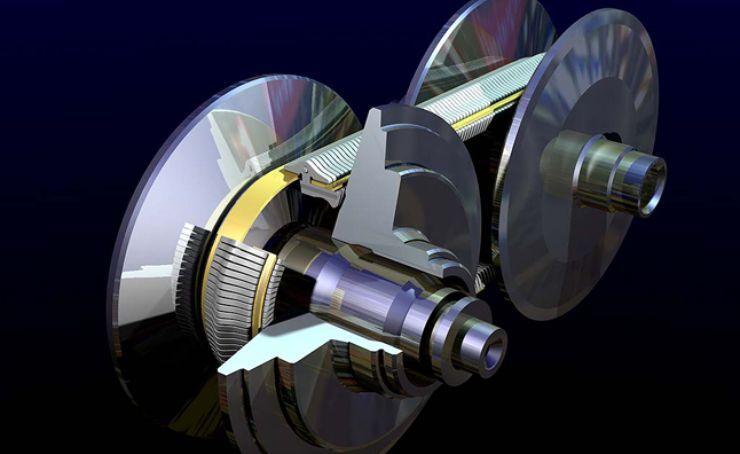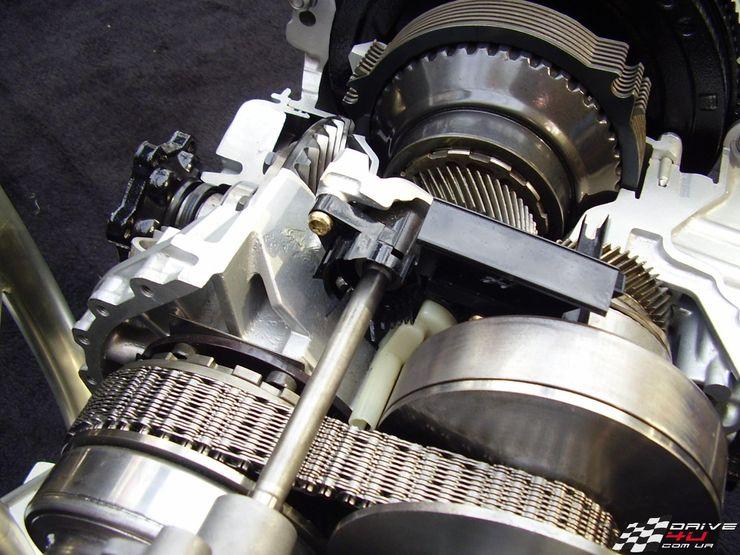
How not to run into a "killed" variator when buying a used car
There are a fair amount of cars with a CVT or, in other words, with a CVT transmission on the secondary market. There is a great risk of buying a car with a gearbox of this type already breathing its last. How to avoid such a nuisance using simple diagnostic techniques - in the material of the AvtoVzglyad portal.
First of all, when looking for a used car with a live and healthy CVT, you should raise the car and inspect the gearbox from the outside. It, of course, must be dry - without drips of oil. But we should also be interested in another question: was it opened for maintenance and repair? Sometimes traces of disassembly can be tracked by downed factory marks. When it is clear that no one climbed in CVT, one should remember the car's mileage.
The fact is that even in formally maintenance-free variator gearboxes, products of natural wear of rubbing parts accumulate during operation - mainly metal microparticles. If you do not change the oil in the variator approximately every 60 runs, this chip clogs the filter, and the magnets designed to hold it stop doing their job. For this reason, the abrasive remains circulating through the lubrication system and at an accelerated pace “eats” both the bearings, the surfaces of the cones, and the chain (belt).
Thus, if more than 100 km were not climbed into the variator. mileage, it is very likely that its owner must already prepare a lot of money for its repair. Buying such a car is clearly not worth it.

If it is clear that the gearbox housing was opened, you need to ask the car seller for what purpose this was done. If it’s good for prevention with an oil change, but when repairs have taken place, it’s better to refuse to buy such “good”. You never know who and how it was repaired ...
Next, we turn to the study of oil in the "box". Not all CVT models have a probe to check it. Often the level of lubrication in the gearbox is controlled by electronics. But if there is a probe, it is very good. First you need to make sure that the oil level matches the marks on a warm or cold gearbox - depending on the situation at the moment. When it is black or, moreover, it smells burnt, this is a bad sign. So it hasn't been changed in a long time. It is better to refuse to buy such a car. Or demand from the seller a discount of at least 100 rubles, which will soon inevitably go to repair the transmission.
Even if the oil is clear, take a white cloth and wipe the dipstick with it. If any “grains of sand” are found on it, know: these are the very wear products that are no longer captured by the filter or magnet. What sadness for the variator they predict, we have already told above. In the case when there is no or simply no opportunity to get acquainted with the composition and oil level in the CVT, we proceed to sea trials of the “box”.

We turn on the mode "D", and then "R". When switching, no significant “kicks” or bumps should be felt. Barely noticeable, on the verge of perception, a push is allowed, this is normal. Next, we choose a more or less free road, completely stop and press the "gas". Not "on the floor", as they say, but, nevertheless, from the heart. In this mode, we accelerate to 100 kilometers per hour, this is enough.
In its process, again, we should not feel even a hint of jerks or jerks. When they are present, we immediately say goodbye to the car, if we do not plan to repair it later at our own expense. After such acceleration, we completely release the gas pedal and watch how the car coasts and gradually slows down to an almost complete stop. And again, we monitor possible jerks and shocks in the transmission. They shouldn't be!
In parallel with all this, we carefully listen to the sounds of the variator. He must work silently. At least with good bearings, the CVT should not be heard at all behind the noise from the wheels and from the engine. But if we catch buzzing sounds from somewhere below, there is no doubt that the bearings in the gearbox are “ready”, they already need to be changed. At the same time, you will have to change the belt (chain). "Pleasure" is also expensive, if anything ...

